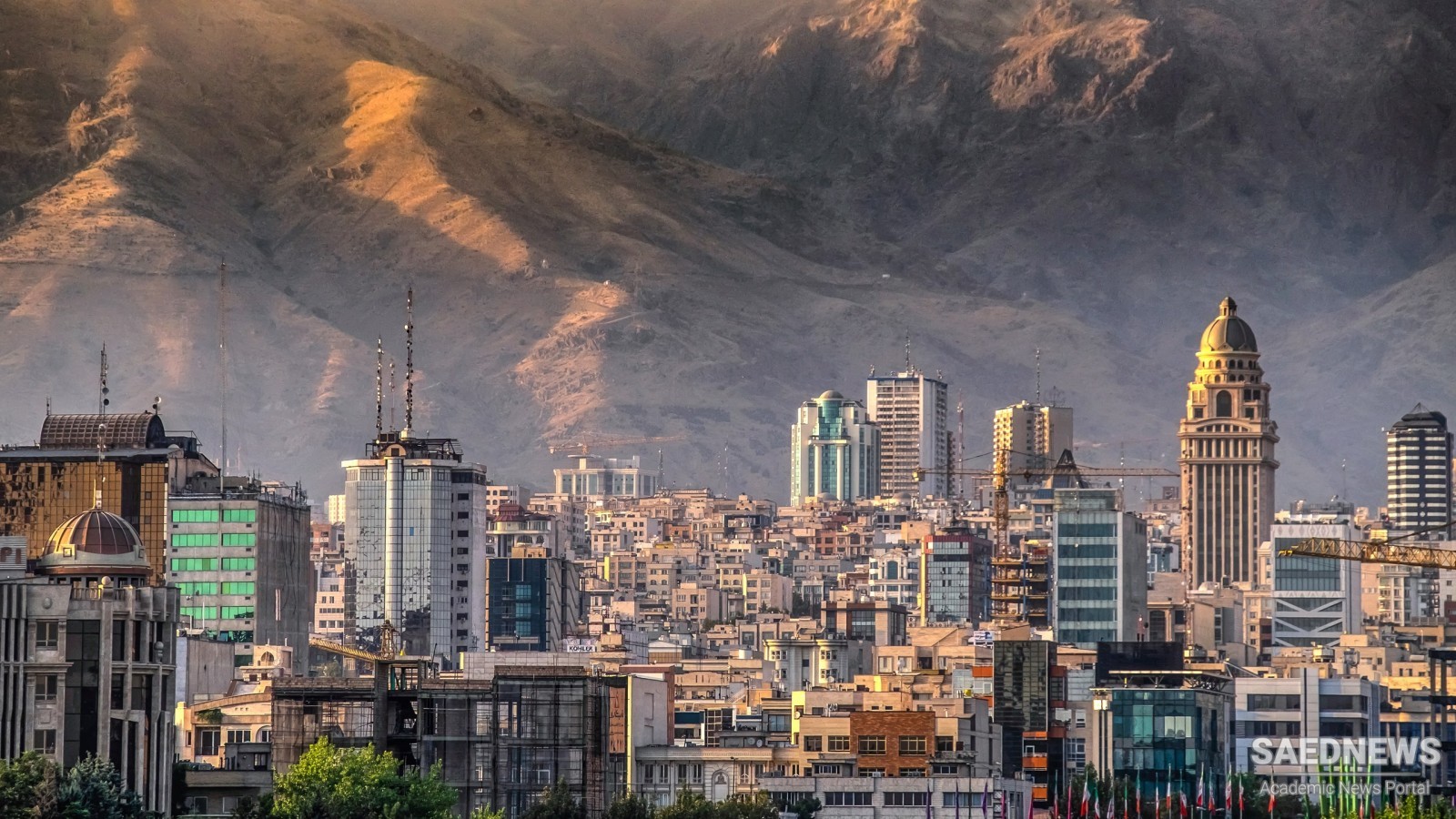Lunch is any time after the noon call to prayer, which, as described earlier, can be as early as 12:00 noon in the autumn and winter (September 21–March 20) or as late as after 1:00 during the spring and summer (March 21–September 22), so a precise time may not be mentioned for such a meeting.
The timing given for meetings and lectures is usually an approximation of when participants are normally expected to arrive, with the meeting beginning as much as fifteen to thirty minutes later than the scheduled time. If the organizers really intend to start the meeting at the time announced, they will mention the arrival time too. However, Iranians are aware that foreign guests tend to arrive promptly, so don’t make the mistake of arriving late. Meetings with foreign partners are likely to start closer to the time that has been planned.
Timing may be even more elastic if you are dealing with government organizations, because officials often need to deal with issues that come up unexpectedly. Similarly, last-minute schedule changes and new arrangements may take place. Once again, showing understanding, patience, and flexibility will work in your favor.
If you need to hold more than one meeting on the same day, leave ample time between each one, because, as discussed, the first meeting is likely to last longer than you anticipate. Looking at your watch or appearing impatient to bring the meeting to a close will leave a bad impression—that time is more important to you than the progression of the meeting—and you will be seen as untrustworthy.
Be forewarned that in Iran meetings can be frequently interrupted by staff entering for short consultations as well as mobile phone and landline telephone calls—both business and personal ones. Again, be patient and try to see things from the Iranian point of view: life is like that.


 FIRST APPOINTMENT: THE INTERPERSONAL DIMENSION
FIRST APPOINTMENT: THE INTERPERSONAL DIMENSION














































